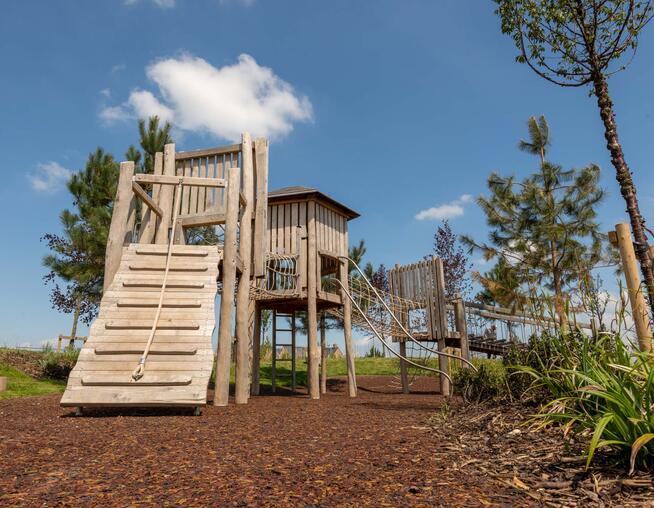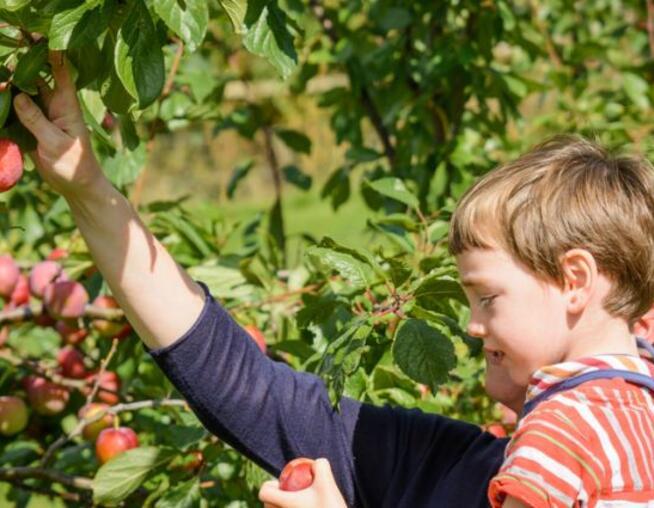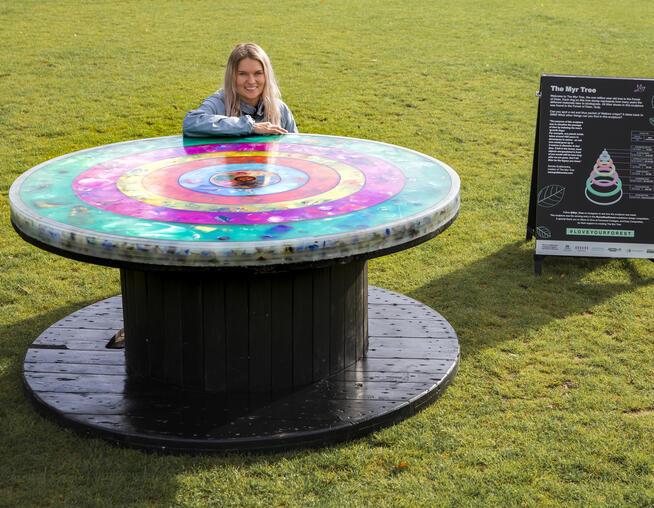#HedgehogAwarenessWeek - What Are BMD Doing To Help?
BMD Ecologist Laura McManus, highlights the current issues faced by Britain's hedgehogs, what BMD are doing to actively support hedgehogs through their landscape designs and how you can help.
Britain's Hedgehogs
Britain's well known and loved spiny mammals are still under threat and we need your help to allow them to recover and thrive once again. Hedgehogs (Erinaceus europaeus) are now listed as 'vulnerable to extinction' on the Red List for Britain's mammals (ICUN compliant). Despite hedgehogs having been protected in the UK since 1981 under the Wildlife and Countryside Act and more recently, their status having been elevated to a Priority Species under the UK Post-2010 Biodiversity Framework, populations in the UK have continued to decline greatly since the millennium. It is estimated that during this period more than 50% of hedgehogs have disappeared from rural areas of the UK and 30% from urban zones, however urban figures are now slowly starting to improve.
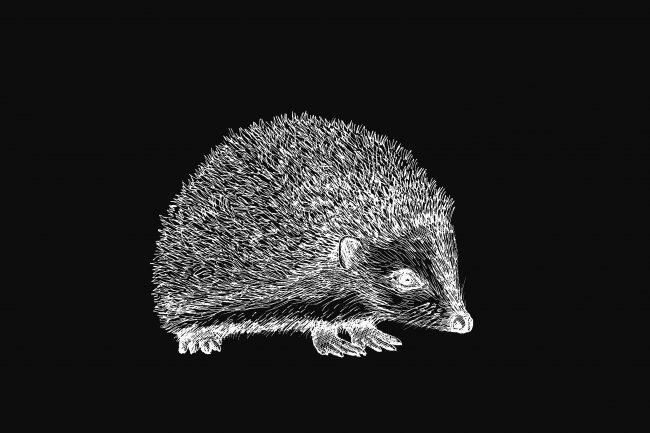
Current Issues
The primary driver behind the declining population of hedgehogs, as with many terrestrial mammals in the UK, is thought to be habitat loss, degradation and fragmentation. The intensification of agricultural practices has led to the removal of hedgerows and use of chemicals, reducing habitat availability and food supply. Expansion of urban areas and associated infrastructure has further contributed to this loss and caused habitats that do remain to become fragmented, isolating hedgehogs from suitable feeding and nesting grounds. Road networks associated with this urban expansion form a significant issue for hedgehogs, with road casualties being one of the leading causes of hedgehog mortality. Climate change has exacerbated these threats by placing further stress on the declining hedgehog population, with extreme and unpredictable weather events such as flooding, warmer periods throughout winter and hotter summers effecting hedgehogs ability to breed and nest, store up fat and maintain hibernation over winter.
Fact File
These unique creatures have strong muscles along their back allowing them to roll into a ball of defensive spines, protecting them from predators. An individual hedgehog has around 7000 of these spines made from adapted hair. During the colder months, hedgehogs enter a state of deep sleep known as hibernation. During this time, their heart rate can dramatically fall from 190 to just 20 beats per minute. This is in order to save energy during periods when food resources and temperatures are low.
BMD Approach
BMD are actively supporting hedgehogs across the country through integrating the needs of hedgehogs within their landscape design of residential developments. Mechanisms to avoid road traffic casualties are encouraged and implemented throughout these designs, including strategic deflective planting and wildlife underpasses to allow hedgehogs to safely navigate and cross roads when commuting at night. The retention, creation and enhancement of rough and long-sward grassland within the heart of our designs provides important habitat for hedgehogs in new urban zones. Gaps in fences or 'hedgehog highways' are recommended between residential gardens to prevent hedgehogs from becoming isolated and letting them travel freely in search of food and shelter. The inclusion of flower, nectar, fruit and nut bearing species and species that attract insects within our planting designs, further support hedgehogs by delivering a source of food throughout the year.
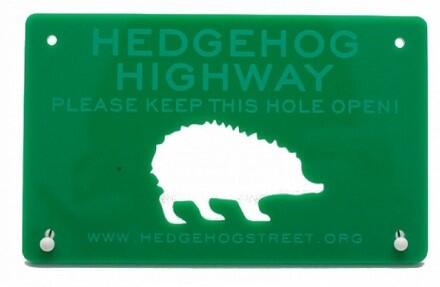
How you can help
There are many simple ways in which we can help hedgehogs thrive at home. Our gardens and public green spaces offer valuable habitat for hedgehogs, so here’s a few top tips and key improvements that you can make to help:
- Install a 'hedgehog highway' by making a hole in the bottom of your garden fence or wall, this will allow hedgehogs to commute through your garden into neighbouring habitat.
- Create a wildlife corner in your garden by leaving the shrubs and grass to grow long, building a log or leaf pile and planting some wildflowers. This wild corner will become a haven for hedgehogs enabling them to feed, nest and hibernate.
- Hedgehogs are lactose intolerant, so to help provide food for local hedgehogs you can try putting out some meat-based wet dog or cat food and a shallow water dish, but leave the milk in the fridge!
- You should always check large piles of garden debris (such as twigs, leaves and soil) before disturbing them or having a bonfire during the colder months. You may find a hibernating hedgehog inside!
- To figure out the best ways to help the UK hedgehogs in the future, it is essential to know where they are and how many there are. As landscape architects and ecologist working in harmony, BMD often refer to the Big Hedgehog Map to help inform initial plans and designs. You can contribute to this dataset by mapping a hedgehog sighting or 'hedgehog highway' hole near you.
Here are some of the hedgehogs that have been spotted in BMD gardens across England:
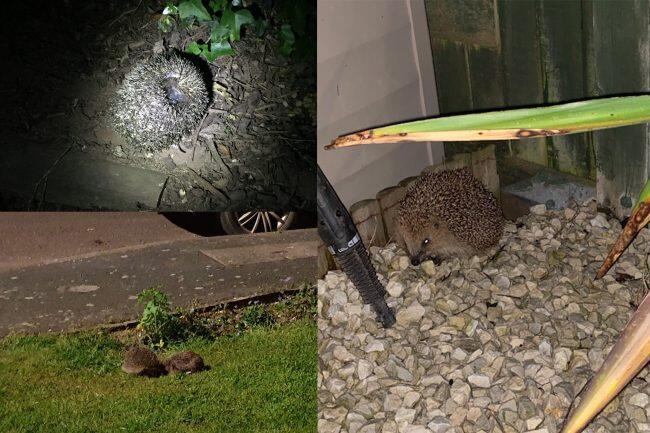
Hedgehogs may be visiting your gardens and public green spaces, no matter how big or small, so let's help them thrive!
Find out more ways to help:
Hedgehog Mapping: https://bighedgehogmap.org/
Hedgehog Top Tips: https://www.hedgehogstreet.org/hog-awareness-week/
Help a Hedgehog: https://www.wildlifetrusts.org/what-do-if-you-find-wild-animal/help-hedgehog
Hedgehogs and Development: https://www.hedgehogstreet.org/wp-content/uploads/2019/03/Hedgehogs-and-developers-ZR.pdf
Date published: 04 May 21
